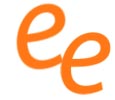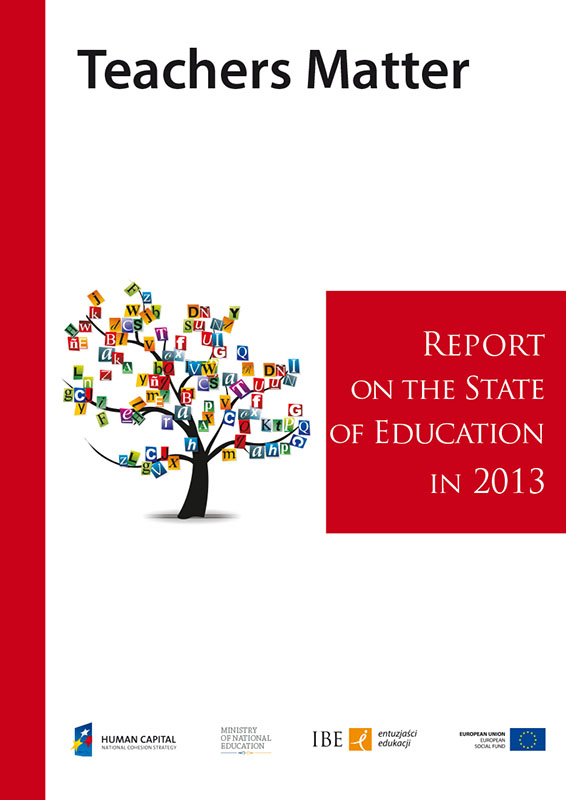Latest news
- Report on the State of Education in 2013
- Simulation and Prognostic Structural Model of the Polish Economy Including Human Capital Formation
- Digital Reality of Polish lower secondary school students (ICILS 2013)
- Polish Lower Secondary School Teachers and Headmasters in the Light of Teaching and Learning International Survey (TALIS 2013)
- 8,000 schools have signed up for National Study of the Third Graders' Skills
- Teaching Tools Database in KeyCoNet Catalogue of Initiatives 2014
About the Project
The main goal of the project is strengthening the education system in the field of educational research and the improvement of the use of research findings in education policy, practice and management. |
About the Institute
The Educational Research Institut (IBE) is an institution conducting interdisciplinary research concerning the functioning and effectiveness of the education system in Poland. |
The Report
This publication presents the highlights of the Report on the State of Education 2010. The Report is a synthesis of basic statistical data concerning education, the labour market, demography, social policy and the results of domestic surveys. |
The Team
The Institute employs over 130 education researchers - mainly sociologists, psychologists, educators, economists, political scientists - most of whom are eminent specialists in their fields with considerable professional expertise. |
Research
Simulation and Prognostic Structural Model of the Polish Economy Including Human Capital Formation
- Published on Wednesday, 01 July 2015 08:31
The main task of the model is to support the assessment of interactions between education and learning, employment, unemployment and economic growth. Also important is how today’s decisions concerning the way the qualifications system functions will impact the future labour market and economy.
The model also takes into account the demographic situation, including the structure of the population and the labour market activity of people, broken down by gender, educational level, number of years of studying and areas of study, as well as years of professional experience.
As regards issues related to human capital, the model incorporates the accumulation of human capital, broken down by gender, educational level and qualifications, number of years of studying and professional experience, as well as the area and quality of study. In the scope of educational activity, lifelong learning of adults in formal and non-formal learning systems, and informal learning by doing are included.
The model enables a better diagnosis and evaluation (both ex-ante, and ex-post) of the phenomena and decisions made at the national, regional and individual levels. It is possible to demonstrate how decisions made at various levels interact and what their impact on the development of Poland is.
METHODOLOGY
The EduMod educational model is composed of two basic modules – the core model and external sector modules.
The core model has been built on the basis of the Dynamic Stochastic General Equilibrium model, which describes the economy through a description of its specific “sector” components. Building the core model in DSGE methodology means that the decisions of the managing entities described in the model (companies, households, etc.) will be made not only on the basis of the past and current performance of the economy, external disturbances and policy instruments, but in a dynamic way, i.e. taking into account expectations concerning the development of the economic situation in the future.
The main task of the external sector modules is to expand the simulation and prognostic capabilities of the model by increasing its complexity, where the detail level of the model’s core is (for computational reasons) too small from the viewpoint of the applications relevant for the end user. Another function of the external sector modules is to enable the user to pose directly (i.e. without resorting to external computation) in the model detailed study questions referring to those more disaggregated variables.
The model is integrated with a user-friendly application, facilitating communication between the model and the user, as well as the use of the model by people who have no specialist knowledge in programming and economic modelling. The application enables all simulations to be carried out at national and voivodeship levels. It includes a long-term base scenario, which covers phenomena and processes spanning the period between 1995 (for national variables) or 2000 (for voivodeship variables) and 2050.
EduMod: Structure and Specification of the Model – presentation [PDF, 1MB]















